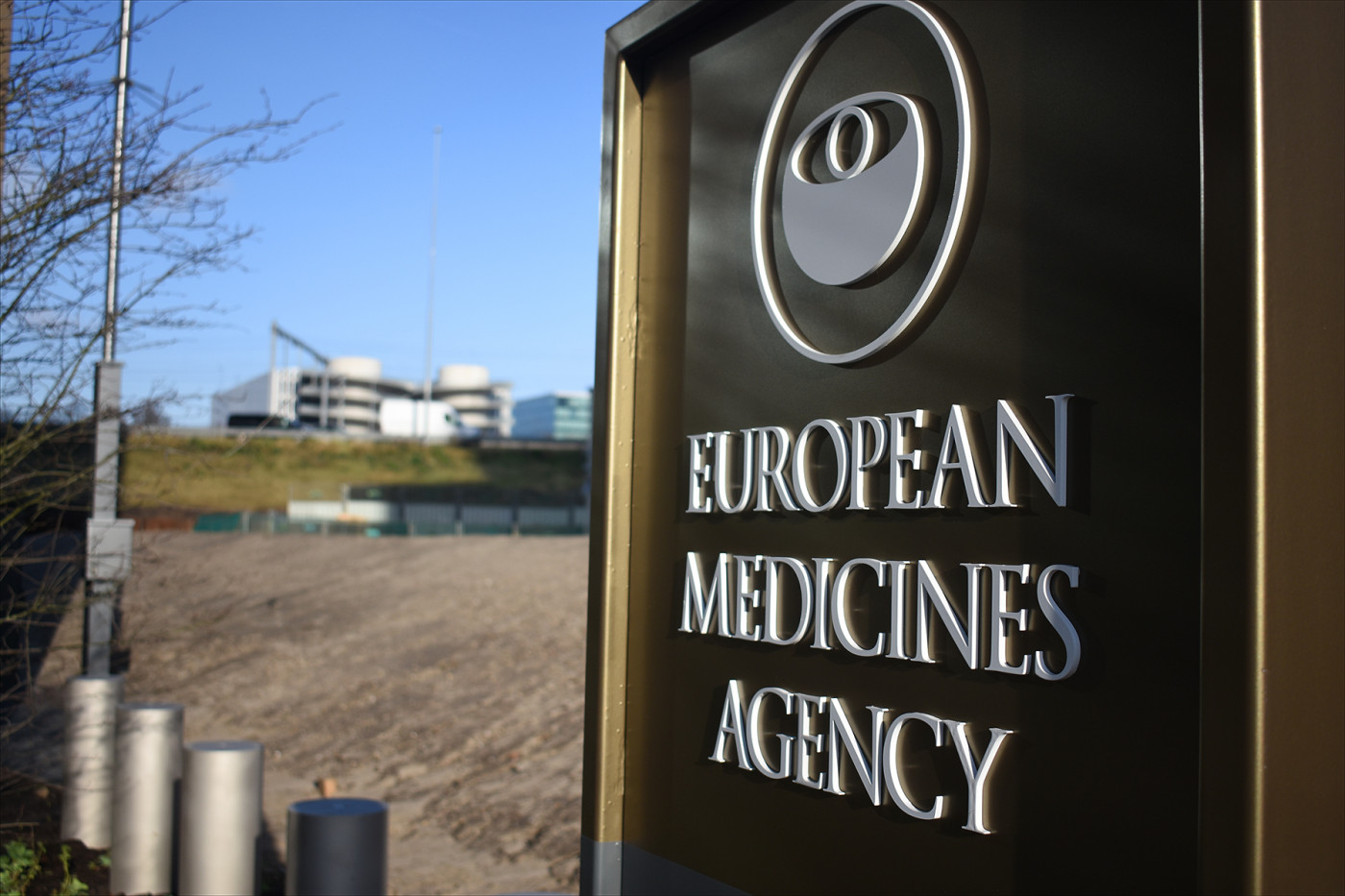Orphan Drug Status in Europe Likely for AP103, DEB Gene Therapy

A potential gene therapy for dystrophic epidermolysis bullosa (DEB) known as AP103 received a positive opinion from the Committee for Orphan Medicinal Products (COMP) — an arm of the European Medicines Agency — on a request for orphan drug designation.
The European Commission typically grants this designation within 30 days of a positive opinion from COMP.
In the European Union, orphan drug status is granted to companies developing products to treat life-threatening or chronically debilitating rare diseases that have no existing or effective therapies. It includes incentives like lower fees for regulatory processes, assistance with designing clinical trials, and 10 years of market exclusivity upon approval.
“Receiving this positive opinion from the EMA [European Medicines Agency] for our gene-therapy candidate, AP103, is a significant development for patients suffering from Epidermolysis Bullosa,” Joe Wiley, MD, CEO of Amryt Pharma, said in a press release.
Amryt Pharma, the company developing AP103, is planning to also request orphan drug designation from the U.S. Food and Drug Administration.
AP103 is based on a new way of delivering gene therapy. Usually, this therapy involves treating a disease by delivering a healthy gene to target celss using a vector like a modified virus. Although viral gene therapies have shown promise, they carry the risk of inducing immune responses when delivered to patients.
AP103 is a topical treatment that is applied directly to the skin using a man-made, or synthetic, vector called a polymer. According to Amryt, such vectors are able to deliver genes in a more stable manner, not prompting an immune response or damaging living cells. They are also relatively low cost and easy to manufacture.
The therapy is intended to deliver a healthy copy of COL7A1, the gene that is mutated in people with DEB. COL7A1 codes for collagen VII, a protein produced by skin cells that plays a key role in keeping skin layers attached. Due a deficiency in collagen VII, people with DEB have a fragile skin that is prone to shears and blisters.
“Unlike other gene therapies that rely on viral vectors, AP103 is based on a novel polymer-based topical delivery platform, which we believe offers potential advantages in the gene-therapy field and has potential to be used in other genetic skin conditions,” Wiley added.
The gene delivered will not become a permanent part of a patient’s cells, the company reports, meaning the therapy will need to be reapplied.
Amryt expects to start clinical trials of AP103 by June 2022.
A topical gel called Filzuvez is also being developed by Amryt to treat epidermolysis bullosa. Recent results from the EASE (NCT03068780) Phase 3 trial showed that Filsuvez’s use significantly improved would closure in patients with DEB, junctional EB, or Kindler syndrome.
Based on these findings, the company announced plans to file a request for U.S. and European approval of Filsuvez early next year.






